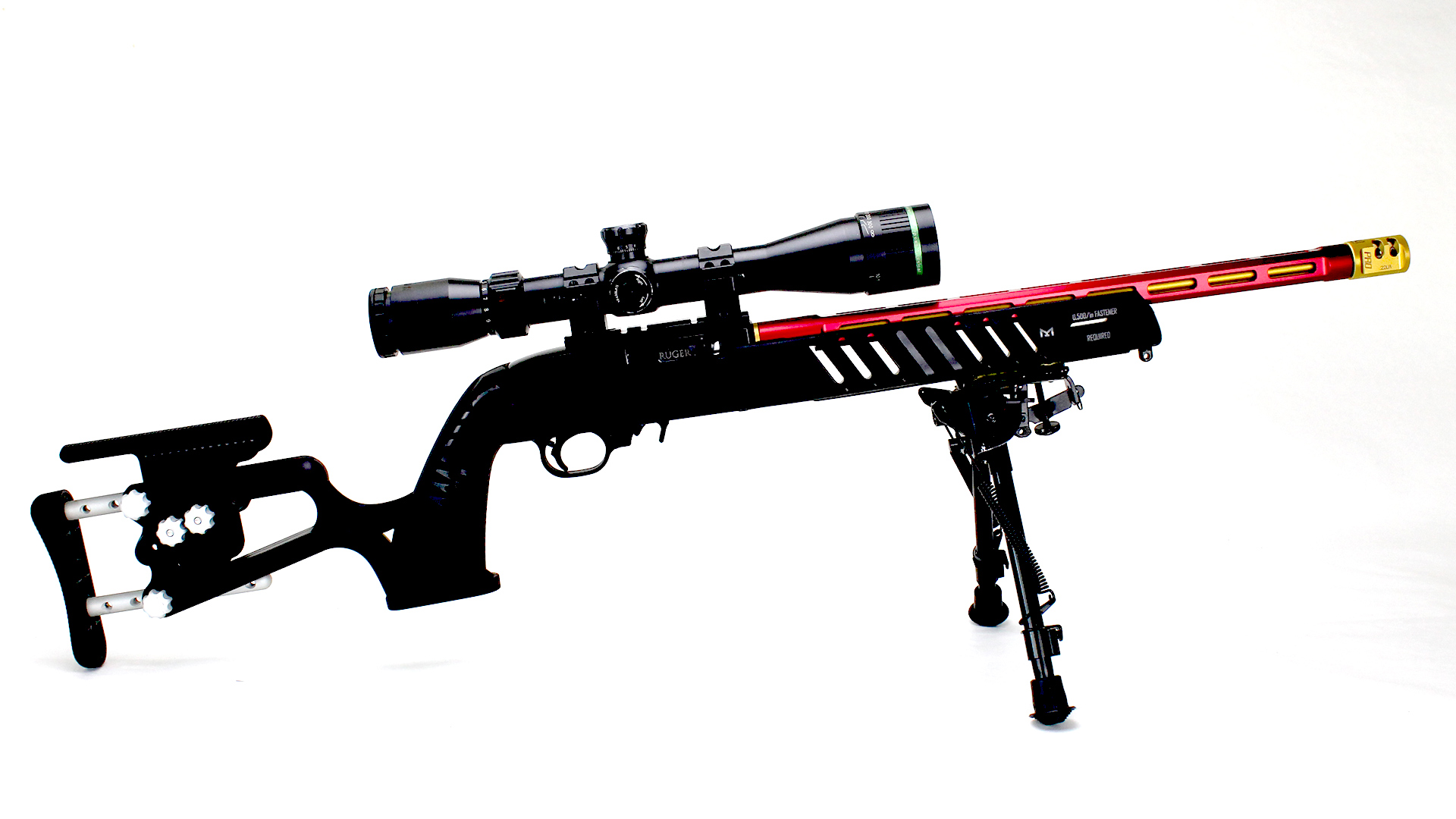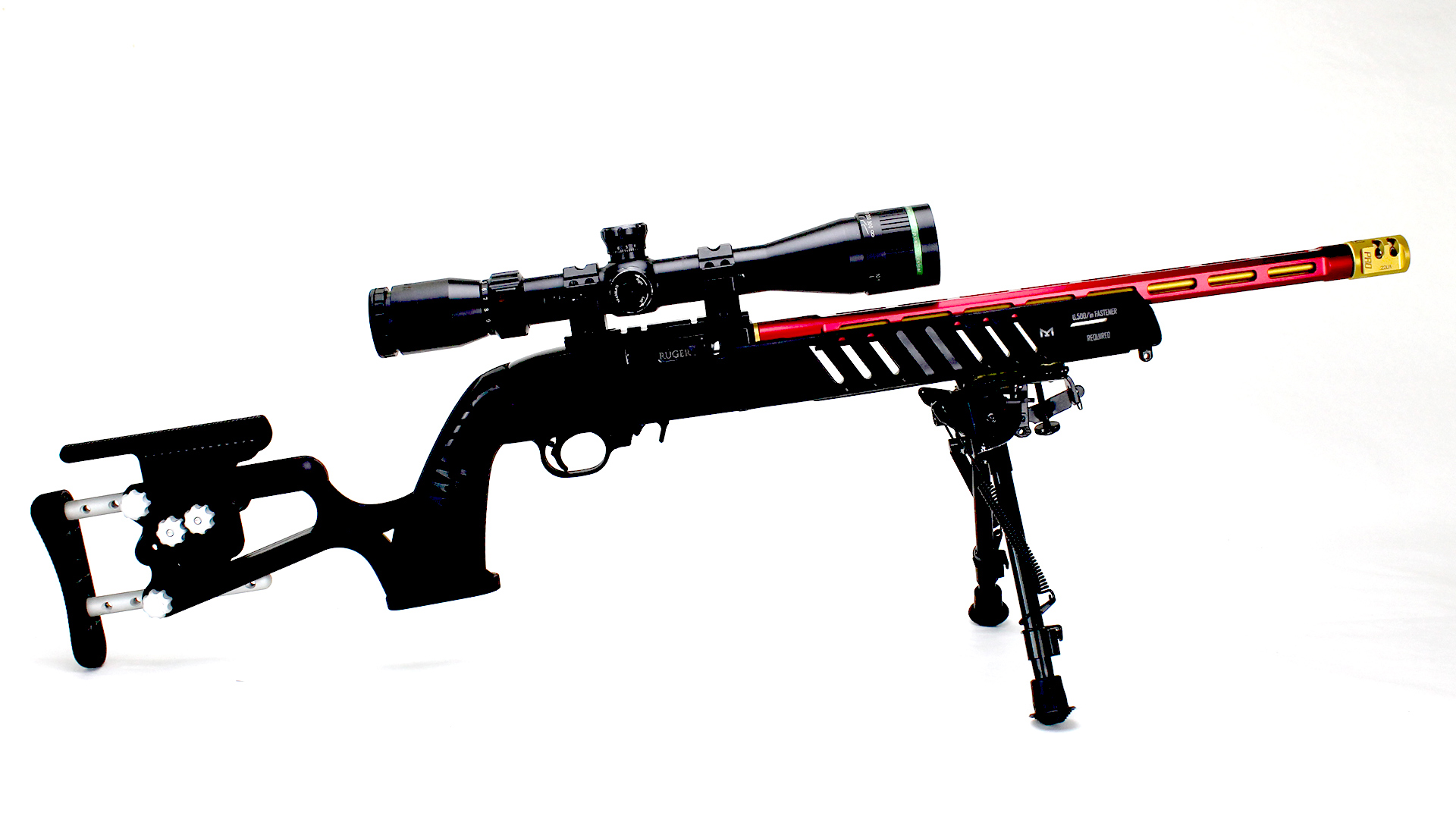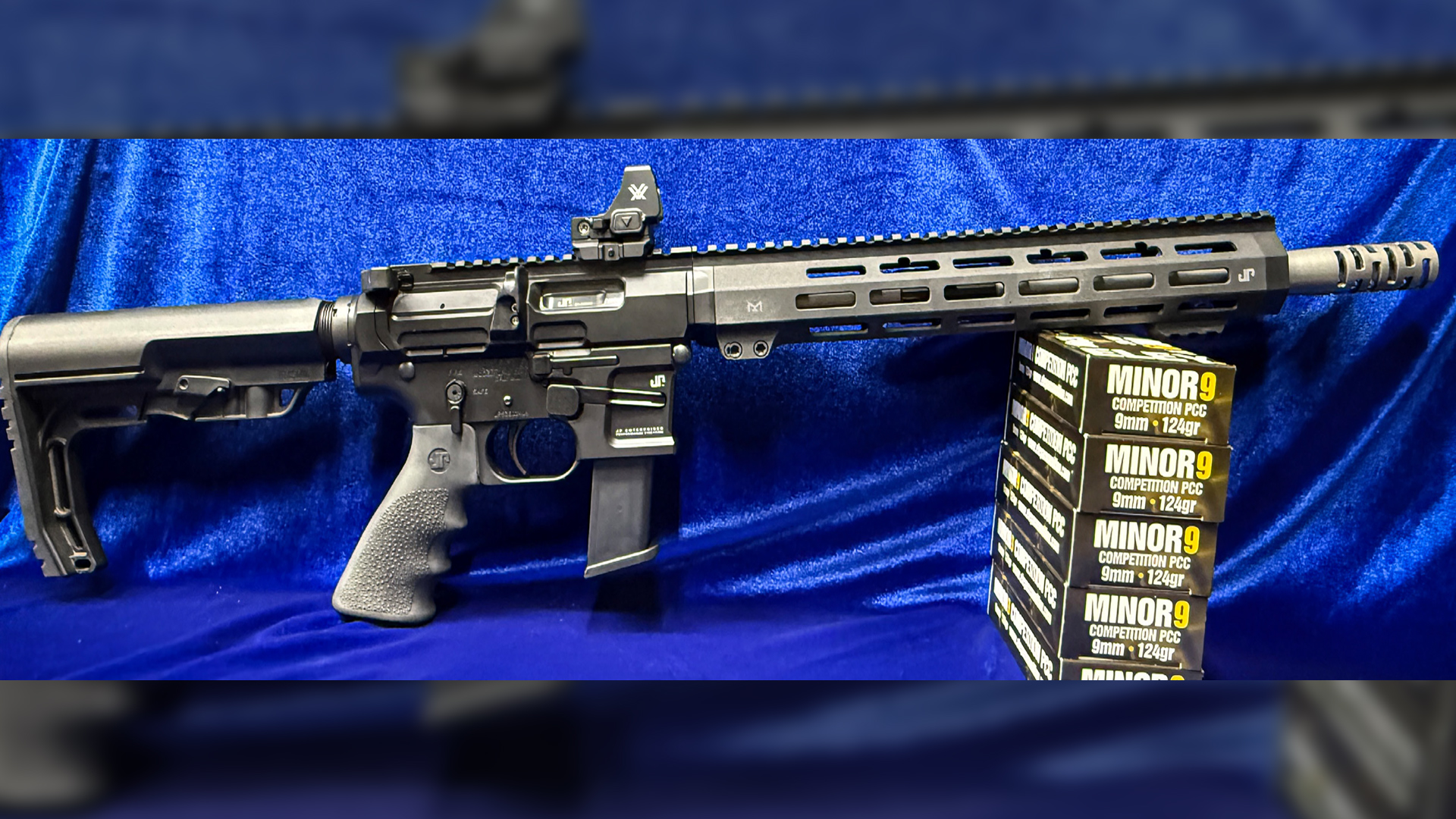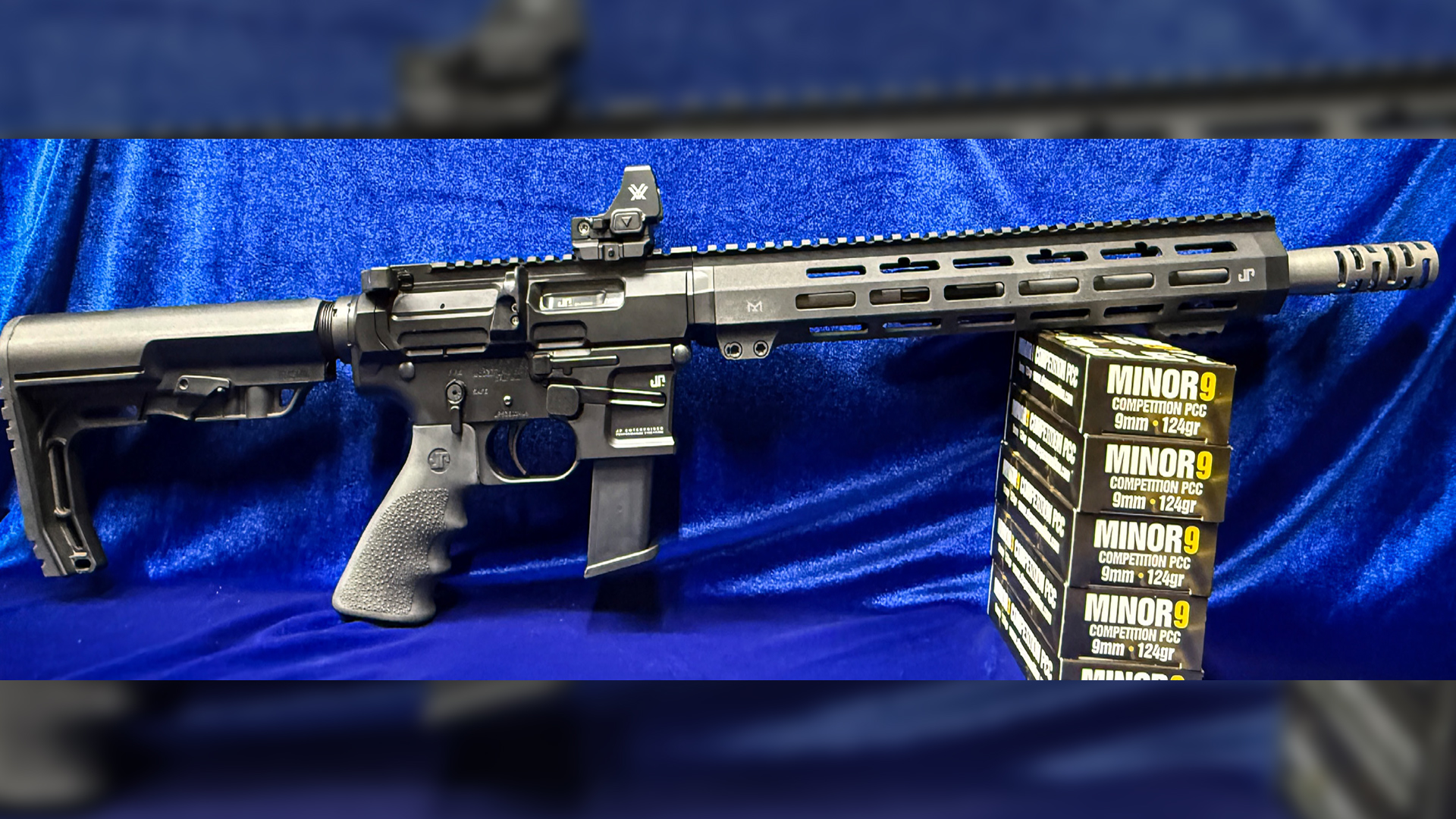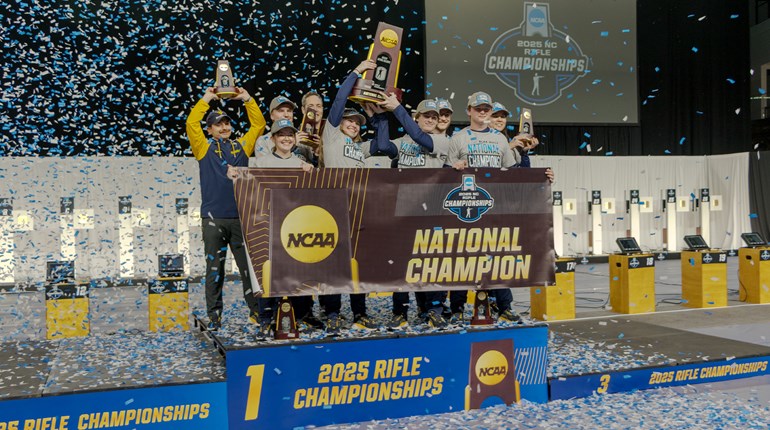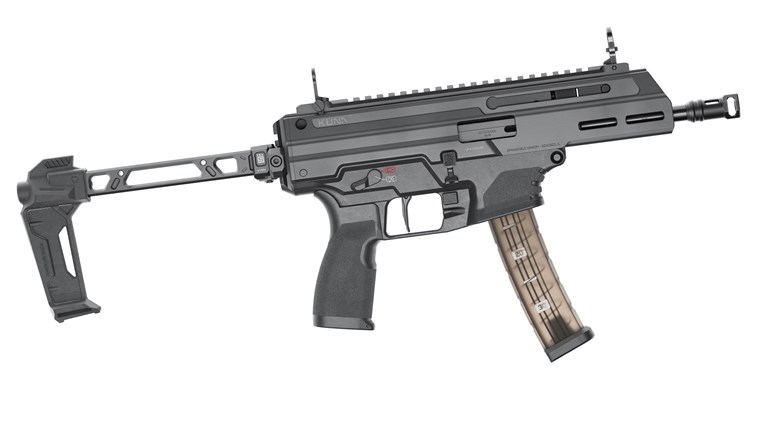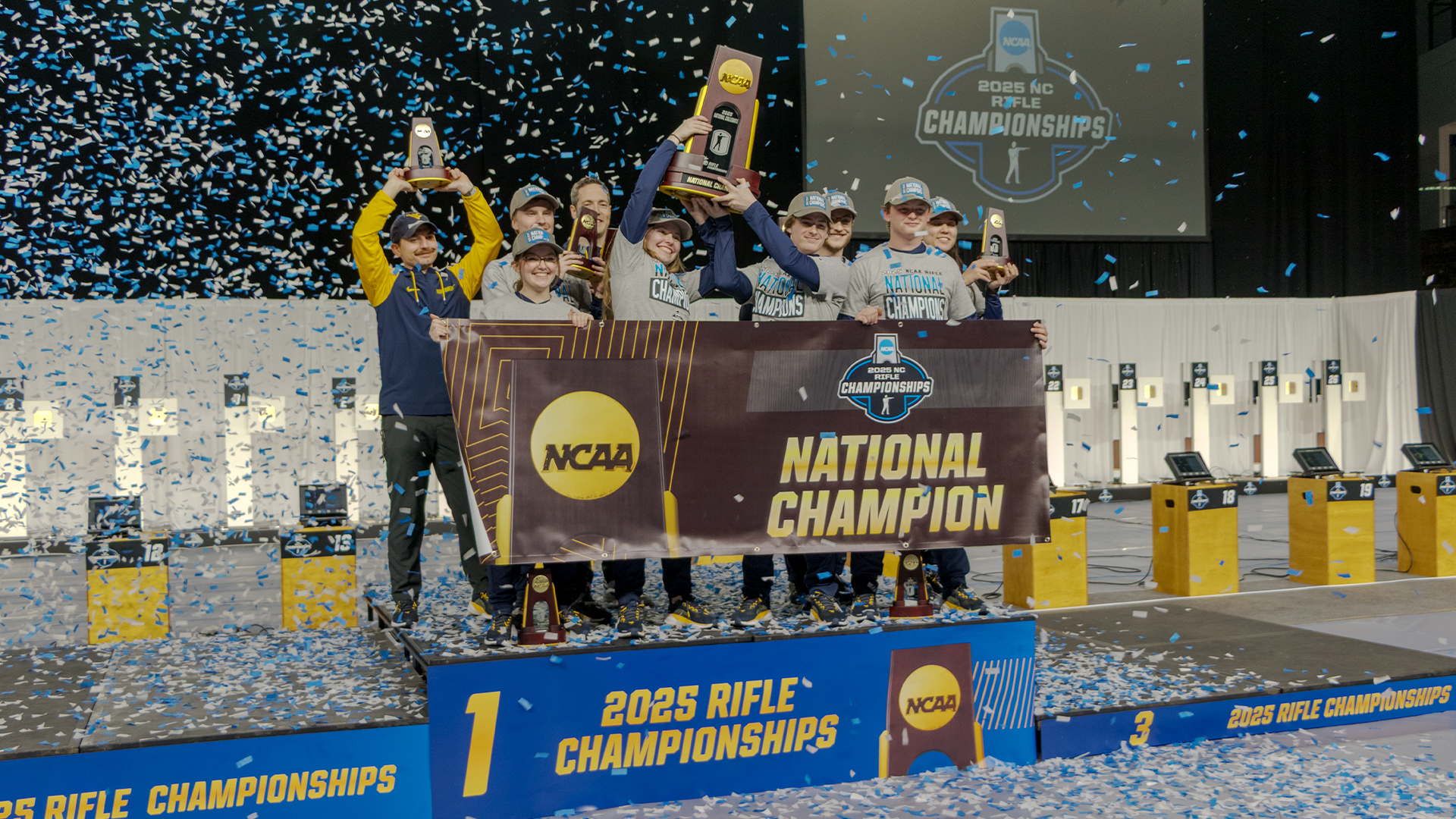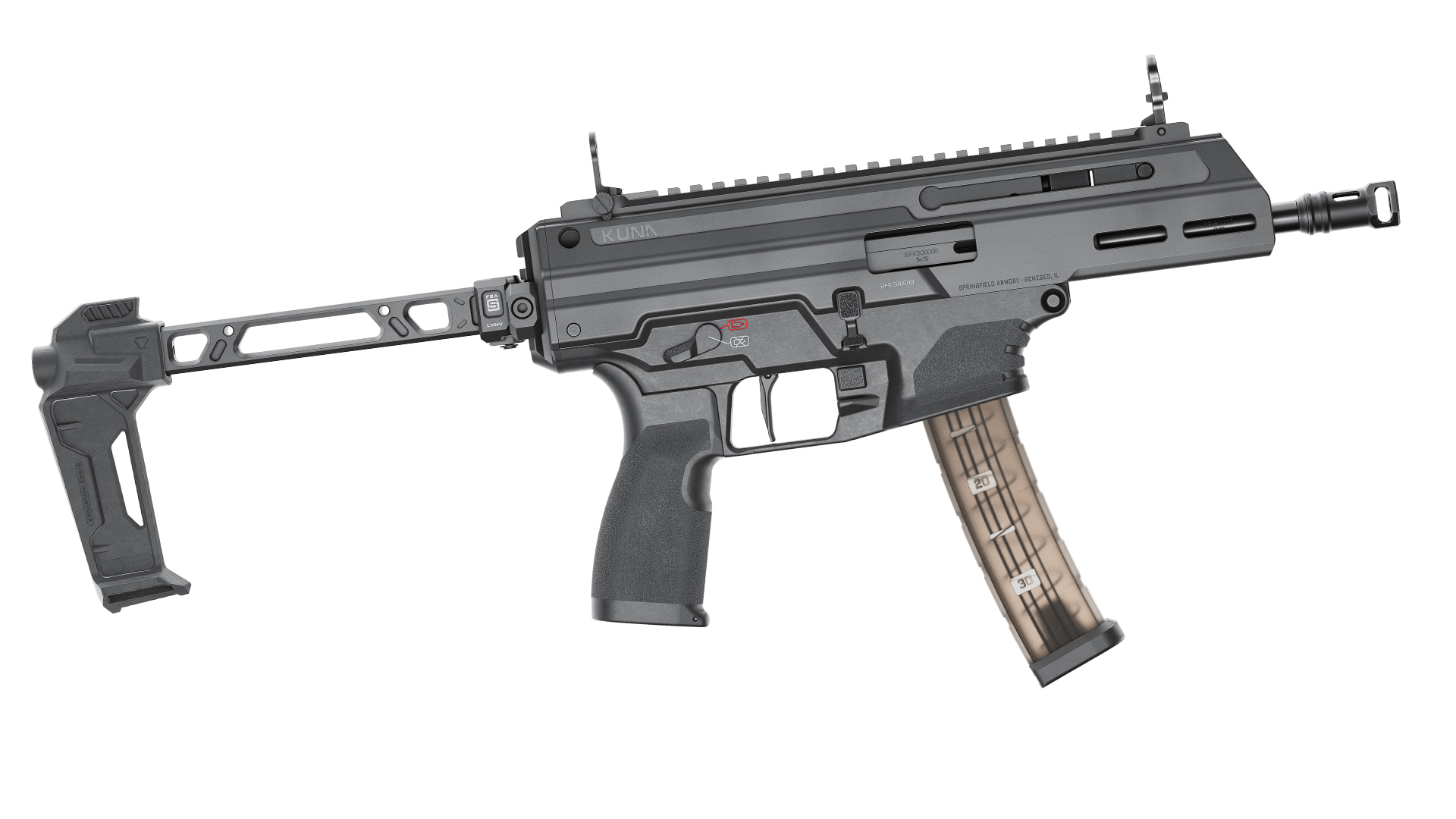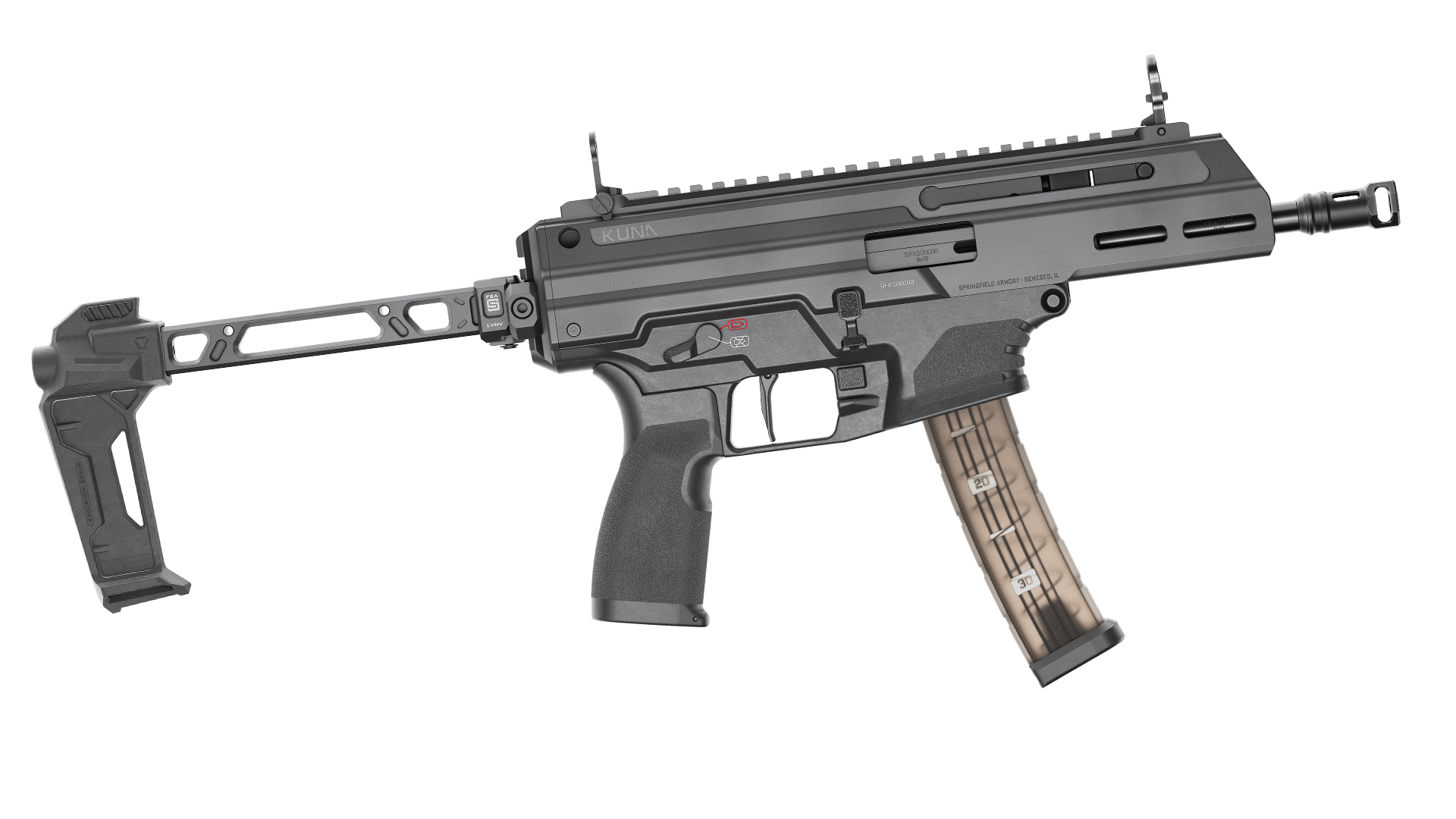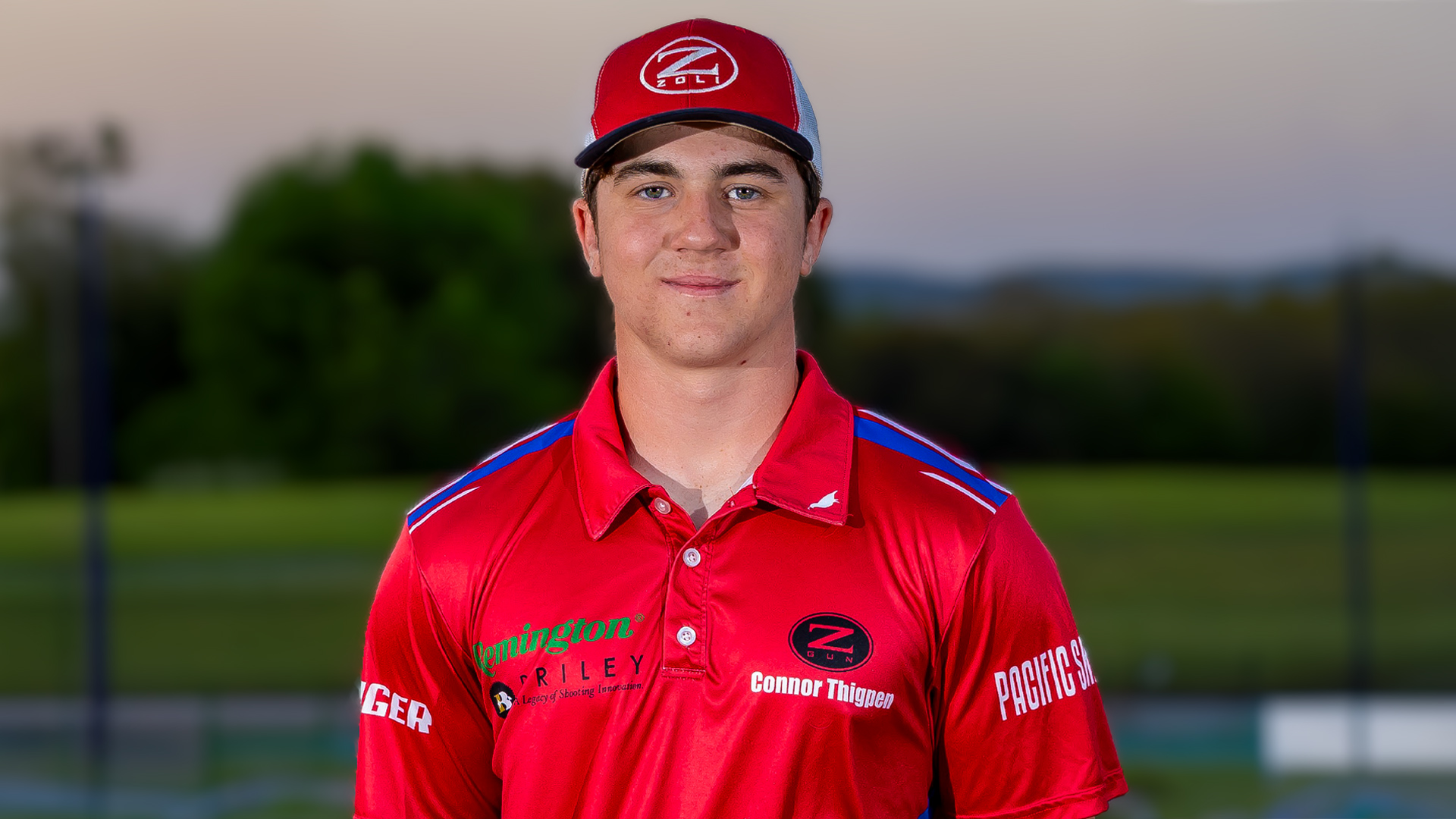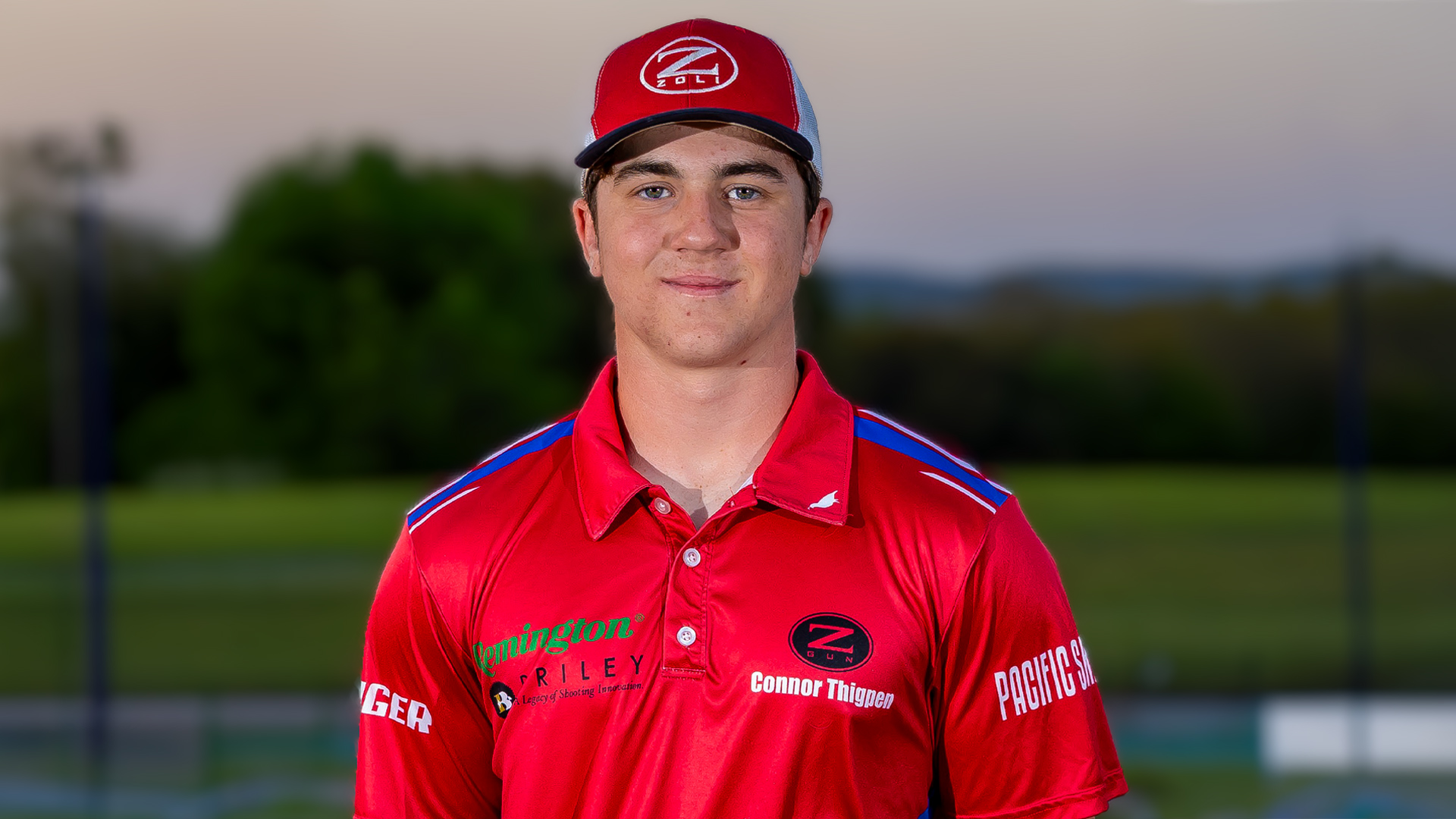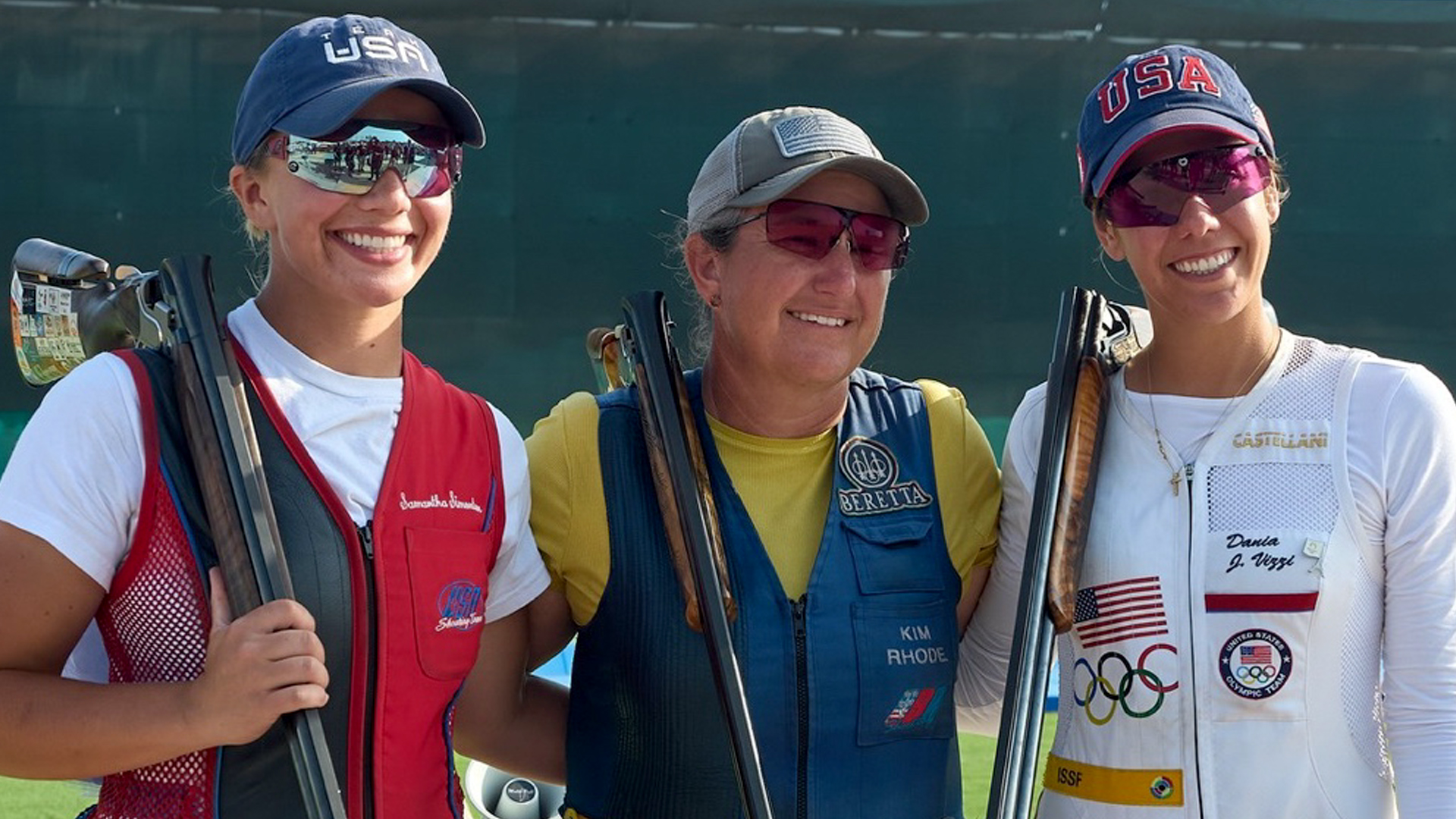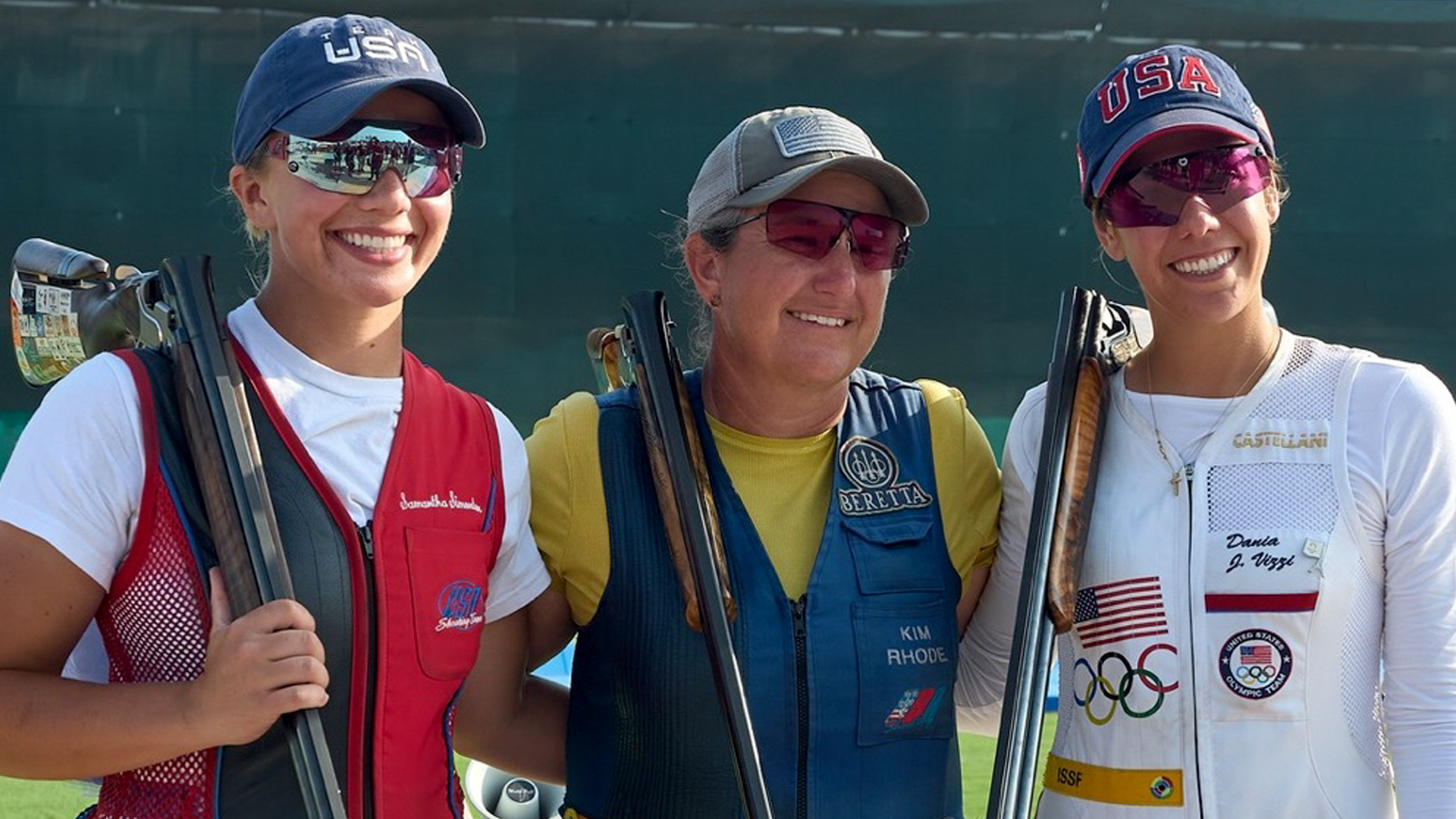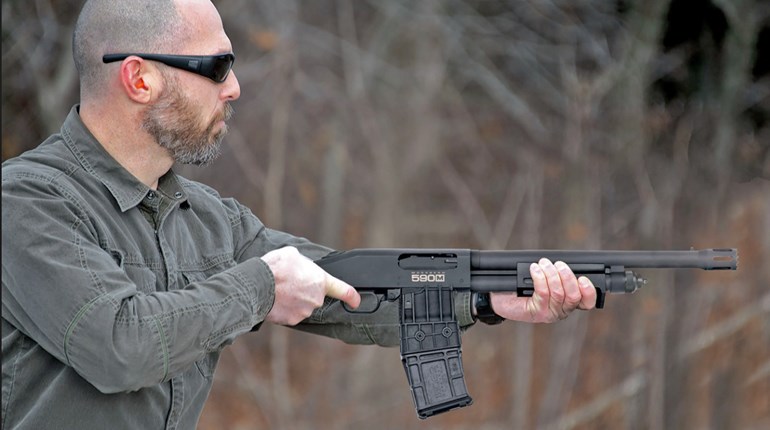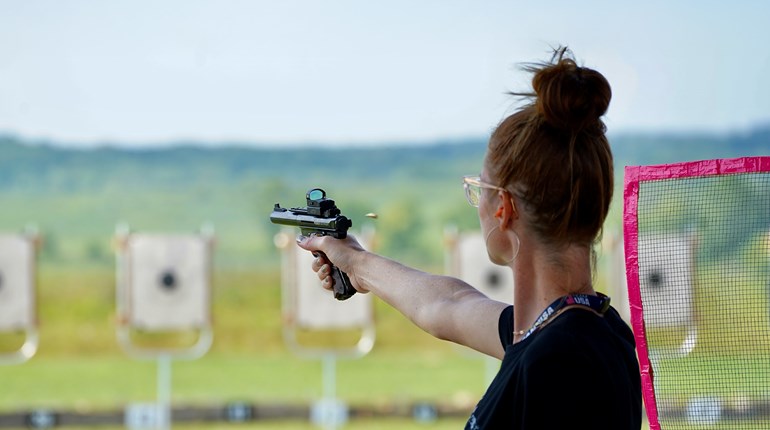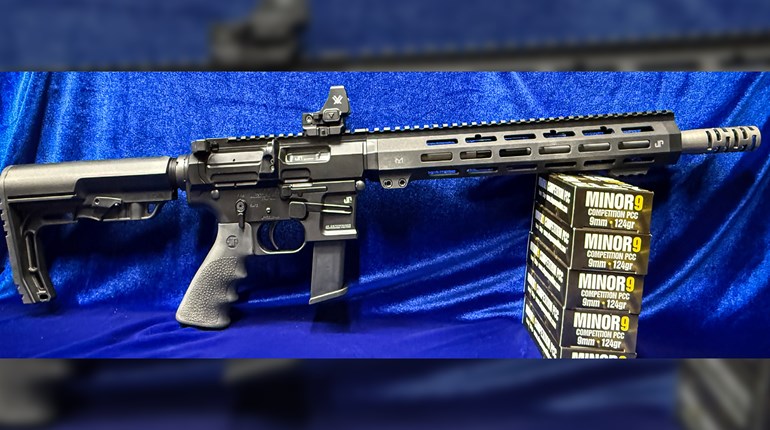
“Many of the servicemen at the matches were carrying orders to proceed to Korea after the firing was over.”
—The American Rifleman, November 1951
The year 1951 marked the return of the National Matches and the much anticipated reinstatement of high power to a program that is the only one in the event’s history to be fired on the West Coast.
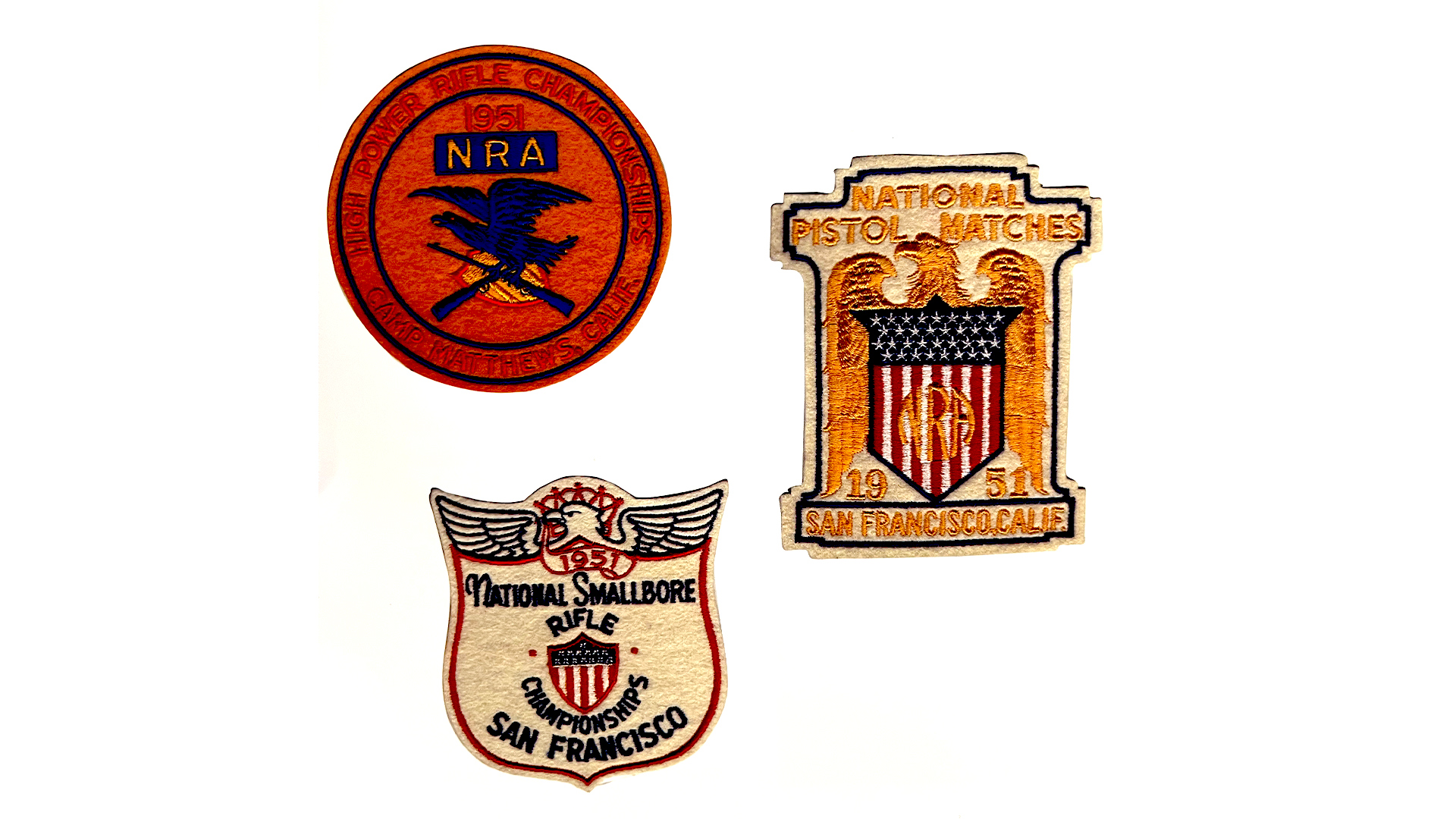
Although the 1951 National Matches was the first large-scale competition conducted since 1940, the federal response was cautious, if not ambivalent, as the appropriation of $130,000 would attest. The amount represented roughly one-fourth of what was granted in pre-war days, and the National Board’s status was obscured by the creation of the Department of Defense two years earlier. Consequently, the staunch leadership of the NRA provided the guidance necessary to conduct the matches this year while it simultaneously demonstrated the foresight to ensure future success of the program.
The year began with the announcement in the January 1951 issue of The American Rifleman that nine committees had been appointed by NRA President Merritt Edson during the Board of Directors meeting three months earlier. (Edson had also assumed the position of NRA Executive Director upon the death of C.B. Lister in 1951.) The structure included standing committees for pistol, smallbore, high power, junior activities and open championships, and it was during a meeting of the latter group in April when it was recommended that national championships not be restricted to a regional winner format. If limited entries were necessary, an advanced entry system would be used. It was also at this meeting that the inclusion of high power championships at the 1951 National Matches was endorsed, as well as the return of Camp Perry, Ohio, as the National Match site in 1953. The NRA Executive Committee concurred with these recommendations at its July meeting, and suggested that for economic reasons, NRA national championships continue to be held in conjunction with the National Board matches, since it was not feasible for the NRA to finance the event outright.
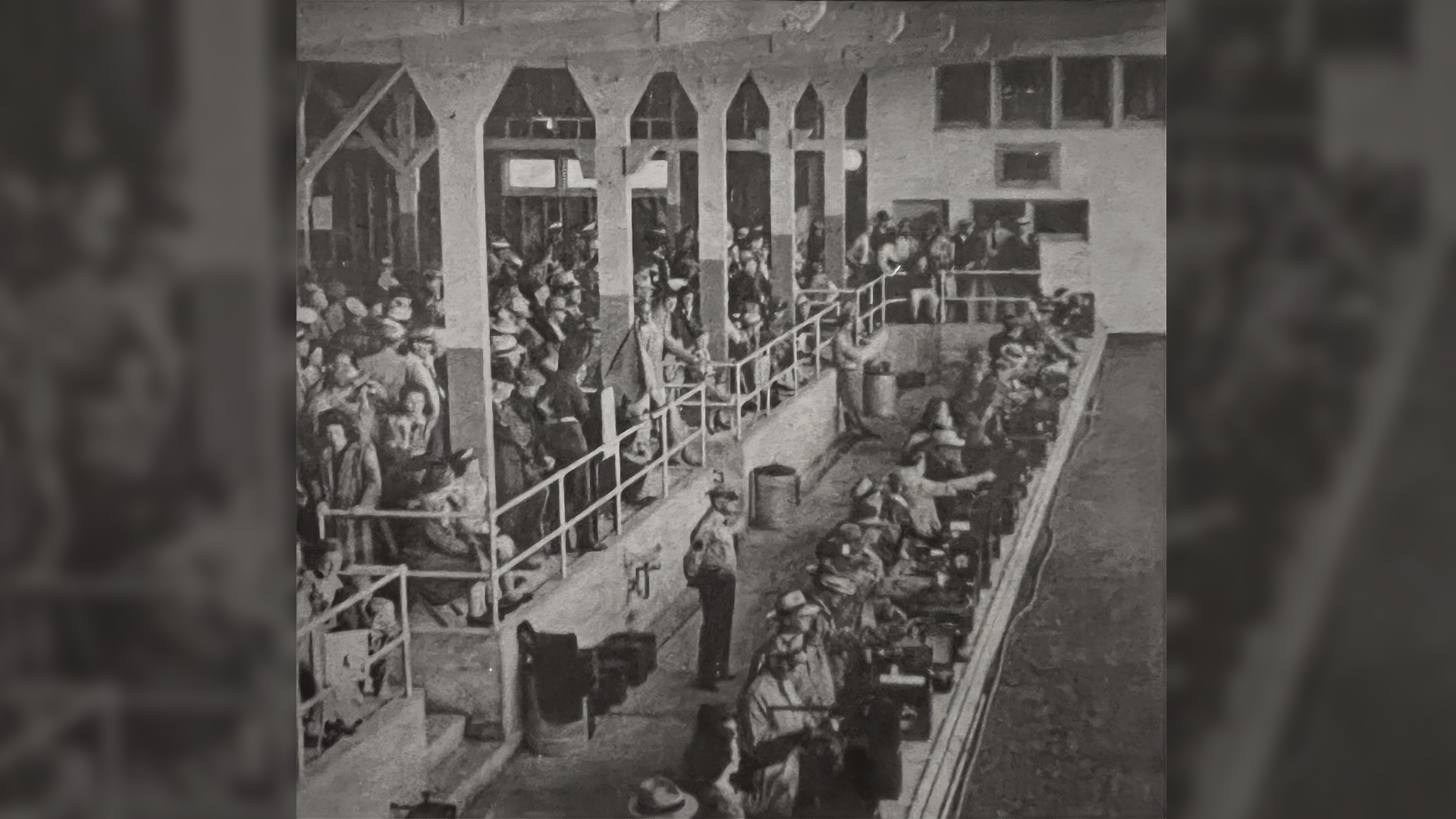
Thus, with the return of big bore to the National Match fold, the matches were conducted by U.S. Marines who, under the guidance of Executive Officer Col. Glenn Funk, provided the range, personnel and housing for more than 350 competitors near San Diego at Camp Matthews. In 1950, it was the Sixth Army who was set to stage the high power championships at Camp Roberts, but such was not the case in 1951 when the Commanding General stated that “there’s nothing we would like to do more but it is just beyond our capabilities with the present buildup of army forces.”

Notable this year was the M1 rifle in competition and the new NRA class structure whereby separate match (Class A) and service (Class B) rifle championships were conducted for the Wright and DuPont trophies, respectively. The NRA high power schedule included a Free Rifle Match in addition to the Members, Wimbledon, Navy Cup, Marine Corps Cup, Scott Trophy and President’s Matches, the latter four of which comprised the championship aggregate. Tom Barnes of Billings, Montana, fired the top score among match rifle shooters with his 433-43V, while Marine Lt. Remes Delahunt topped the service category leaderboard with a 430-27V. Also new this year was the recognition of a women’s high power champion and Helen Orme-Johnson of El Paso, Texas, earned the honor.
A trio of Air Force shooters, led by 1948 Olympic smallbore champion and Reservist Art Cook, succeeded in claiming NRA high power match titles this year. Cook demonstrated his versatility and prowess as a shooter when he won the Navy Cup match with a record 99-13V. Lt. Arthur C. Jackson won the President’s Match with a 148-15V and received the congratulatory letter from President Harry Truman, while Capt. Richard Hanson won the Wimbledon title with a 100-17V. The lone Board rifle event this year, the National Trophy Individual Match, went to Richard Boyer of the Marines with a 240 score and another Marine, Gay Lambert, earned the Leech Cup in atypical fashion. No Leech Cup Match was fired this year, presumably due to range restrictions. Rather, the coveted award was presented to the high service rifle scorer in the 20-shot Marine Corps Cup Match fired at 600 yards and Lambert’s 99 topped the field.
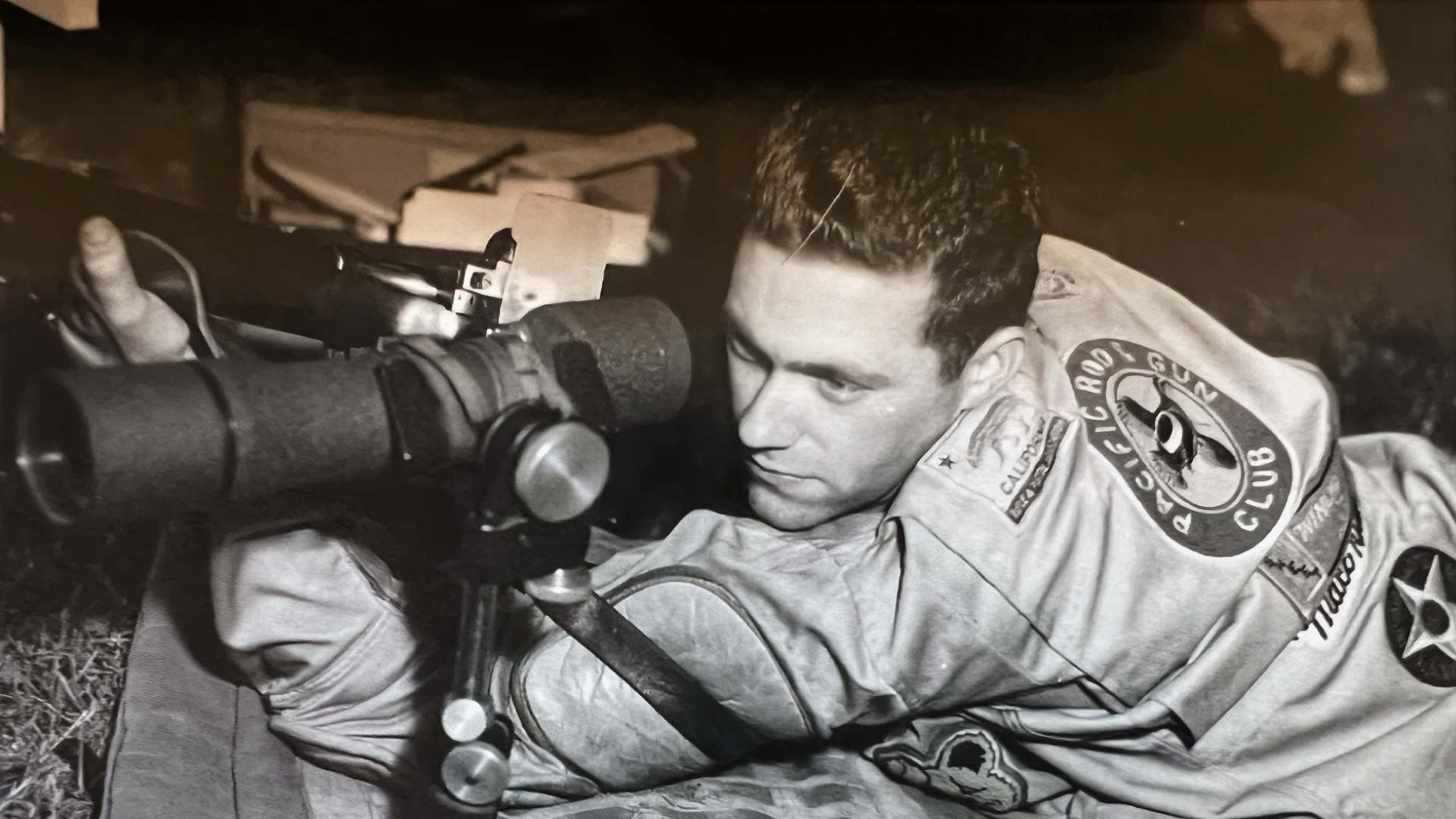
Both national smallbore and pistol events were held in the San Francisco area and featured a format where separate championships were fired for Marksman and Sharpshooter classes. Emile Dutil served as Executive Officer for the pistol matches that were conducted by the San Francisco Police Pistol Club at its Lake Merced range, while Dr. George Parshall oversaw the smallbore program in the same capacity. The Sharp Park Municipal Range was the site for smallbore and the matches were conducted jointly by the California State Rifle and Pistol and San Francisco Rifle Associations. The involvement of NRA civilian clubs at national competitions typified the inverse relationship that existed between them and the amount of federal support appropriated during this challenging time in National Match history. Since 1946, the number of NRA clubs and their associated activities steadily increased in response to the decreased allotment or outright absence of federal National Match funds.
Joe Benner held off Harry Reeves and defended his 1949 pistol title with a 2629 score and in the National Board match, came up one point shy of the winning tally fired by Marine Maj. Thurman Barrier. Gloria Norton of Woodland, California, won the NRA women’s aggregate with a 2497 and in team competition, Marine shooters won the National Trophy Match with a record score but did not reach the winner’s podium in any of the three NRA team pistol matches. Smallbore laurels went to University of California student Mason Kline, age 23, who fired his first registered match just two years earlier, while Elinor Bell of Santa Monica, California, won the women’s title.
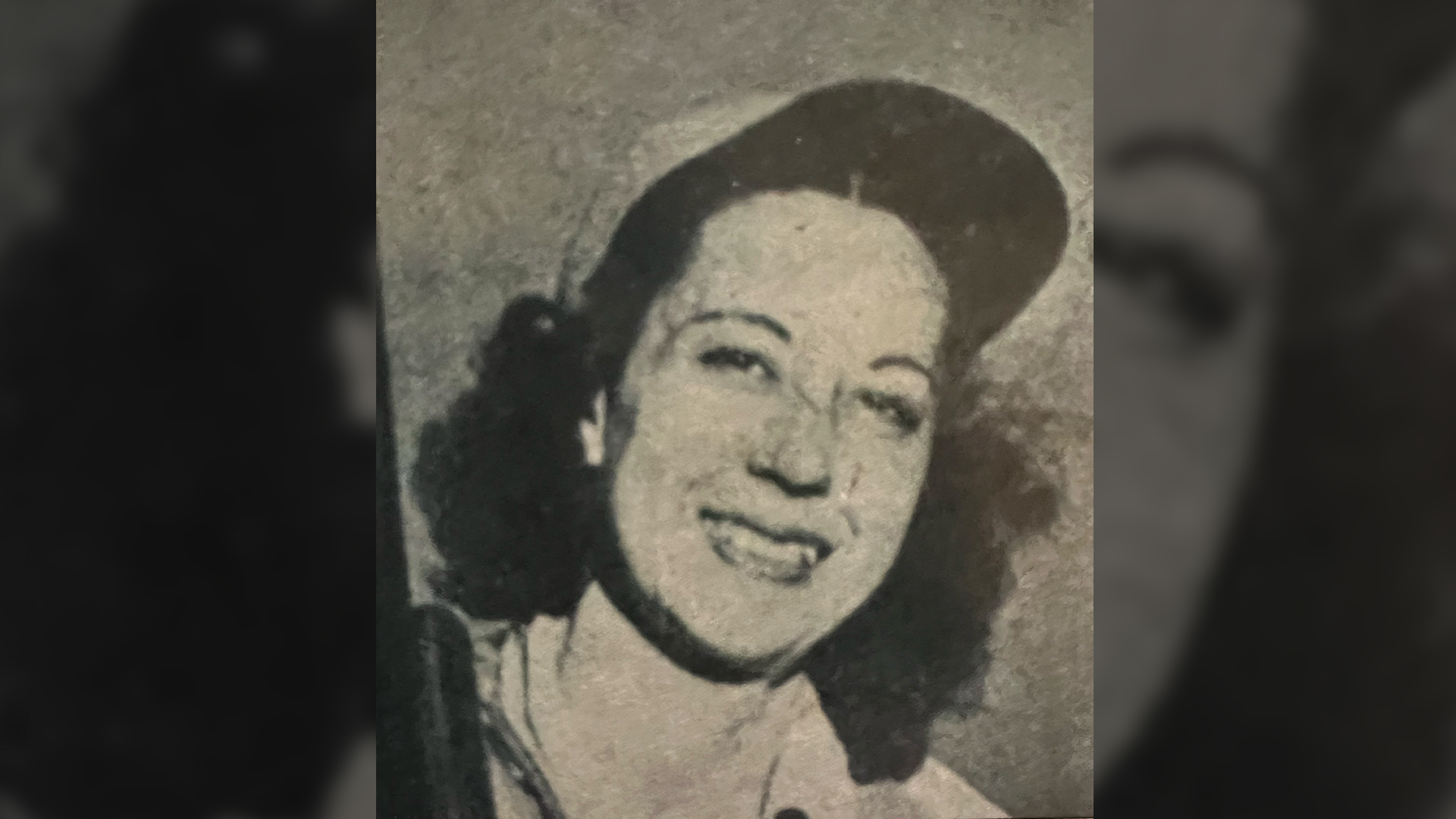
1951 National Matches Fact
Walter Walsh became the eighth member of the pistol community’s 2600 Club in 1951. He joined Thurman Barrier, Joe Benner, Harry Reeves, Bill Toney, Jim Clark, Earle Farrant and Leonard Rizzola.







